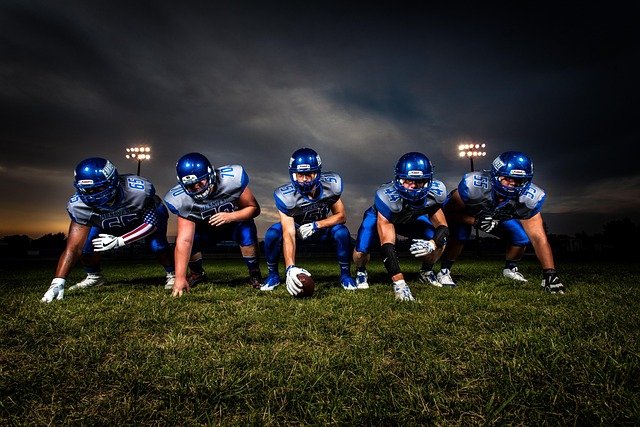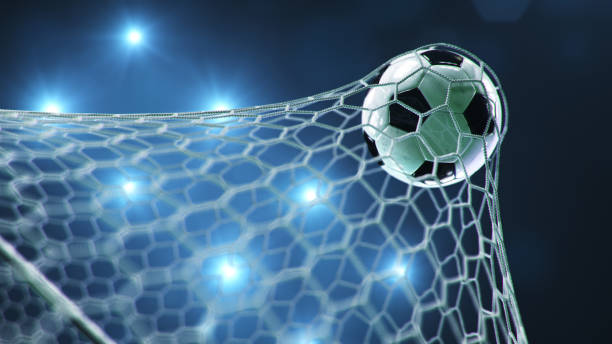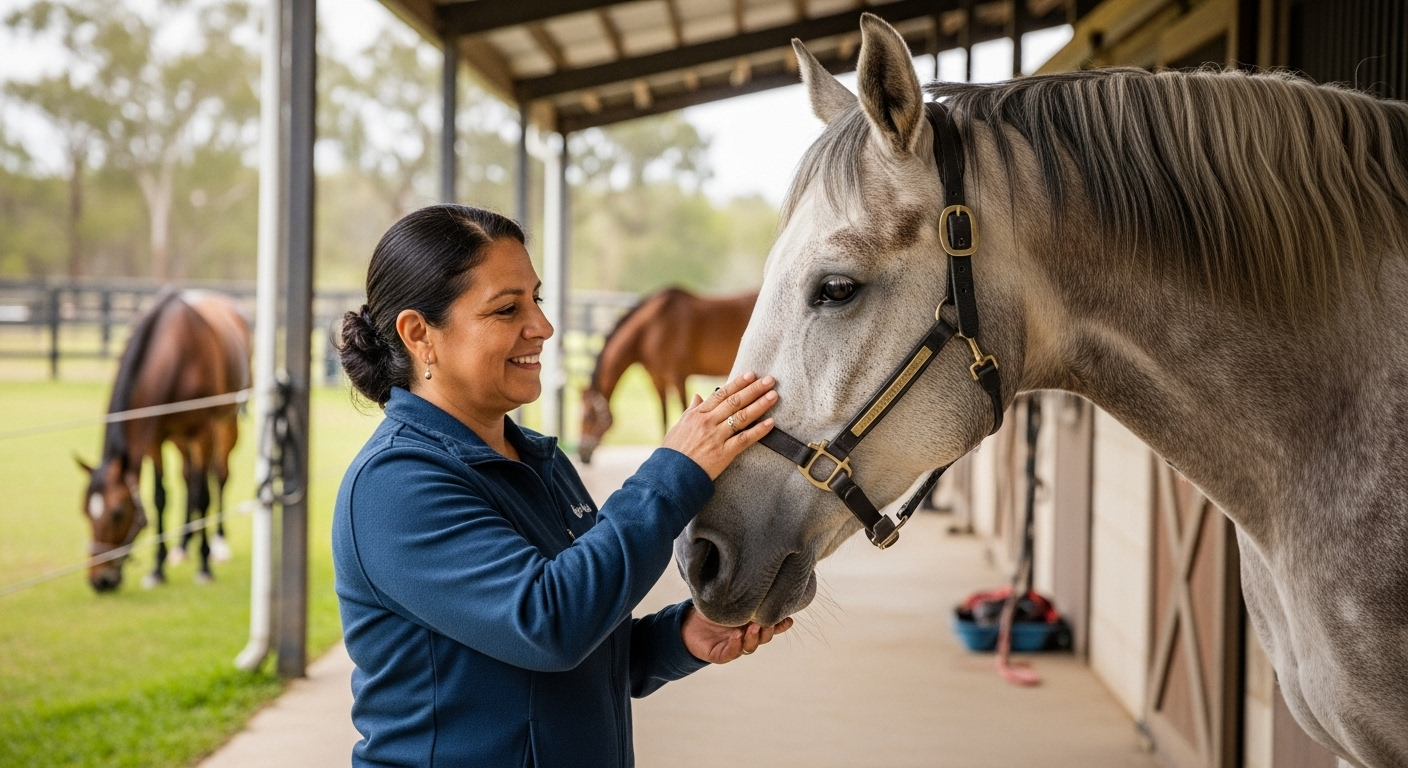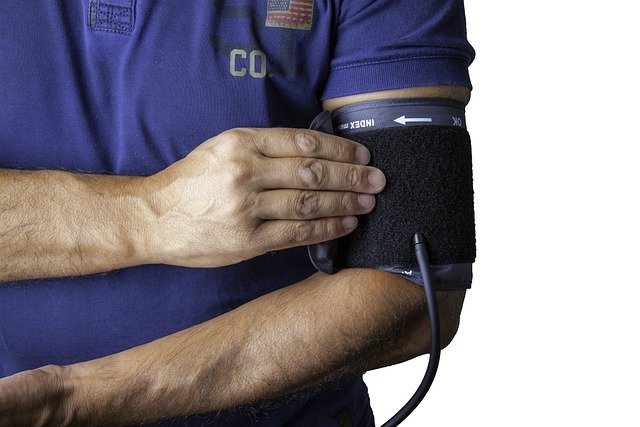"Breaking Down the Art and Science of Sports Rehabilitation"
In the thrilling world of sports, every victory is celebrated, and every defeat is mourned. However, the story doesn't end on the field. Behind the scenes, an equally critical battle unfolds — the journey of an athlete from injury to recovery. This article delves into the often overlooked but vital aspect of sports: rehabilitation.

The Genesis of Sports Rehabilitation
The concept of sports rehabilitation has its roots in the early 20th century, when the importance of physical conditioning and injury prevention started gaining attention. Gradually, the focus expanded from not just preventing injuries but also ensuring that athletes recover fully and quickly when injuries do occur. Key developments included the introduction of neuromuscular training and the recognition of the psychological aspects of injury recovery.
The Modern Landscape of Sports Rehabilitation
Today, sports rehabilitation has evolved into a highly specialized domain, combining various disciplines like physiotherapy, biomechanics, and psychology. It’s not just about restoring function but also enhancing performance. Current trends include personalized rehabilitation programs based on the athlete’s unique requirements, the increasing use of data analytics to track recovery progress, and the integration of mental health support as part of the recovery process.
The Intricacies of a Rehabilitation Program
Every sports rehabilitation program is a carefully designed journey. It begins with acute care immediately after the injury, involving pain management and damage control. Then comes the phase of restoring mobility and strength, followed by the retraining phase where the athlete gradually returns to sport-specific training. Each of these stages has its unique challenges, such as managing the athlete’s frustration over the slow recovery or ensuring they do not rush back into action prematurely.
The Real-World Impact of Effective Rehabilitation
Effective rehabilitation has far-reaching implications. It can prolong an athlete’s career, reduce the risk of re-injury, and even influence the team’s overall performance. For instance, a study found that football teams with lower injury rates have a higher chance of winning matches. For the athletes, successful rehabilitation can also be a deeply empowering experience, enhancing their mental resilience and confidence.
The Road Ahead: Future Perspectives
As sports science continues to advance, we can look forward to even more sophisticated rehabilitation methods, perhaps involving cutting-edge technology like virtual reality or genetic profiling. The ultimate goal remains the same, though – to ensure every injured athlete can return to the sport they love, stronger and better than before.
In conclusion, sports rehabilitation is a fascinating and essential aspect of sports, blending science, art, and human resilience. It’s a testament to the indomitable spirit of athletes, who, even in the face of injuries, refuse to be defeated and strive to bounce back stronger.




